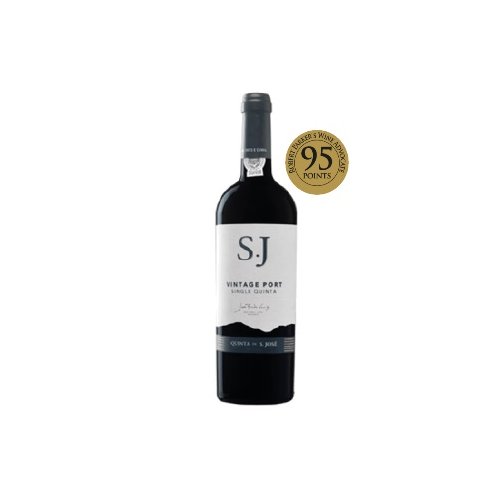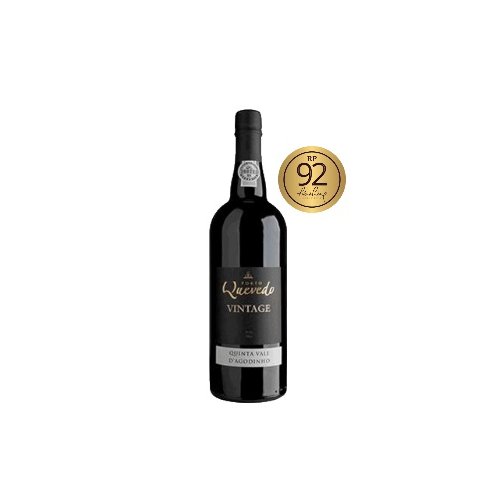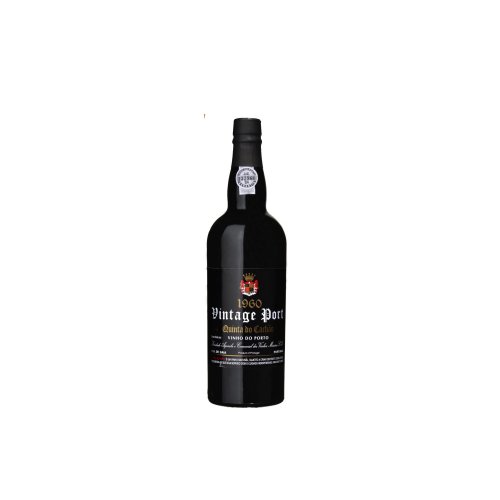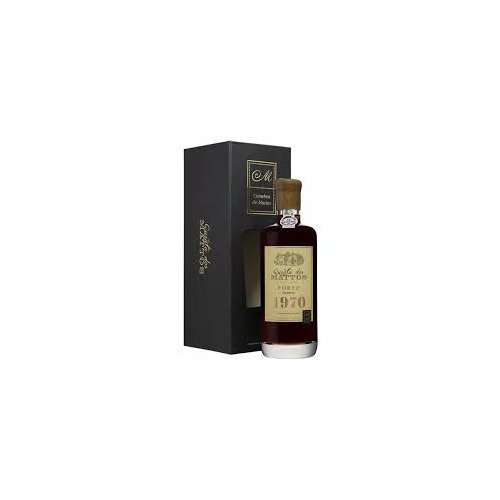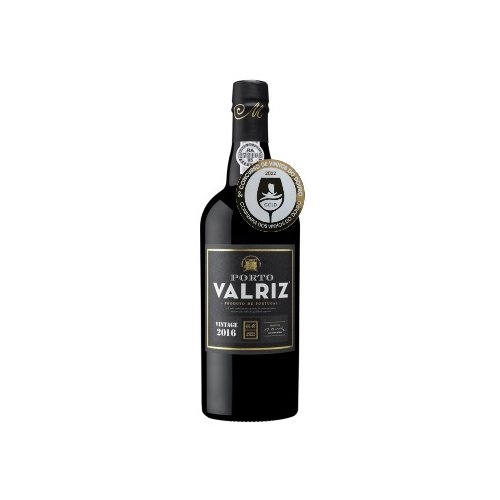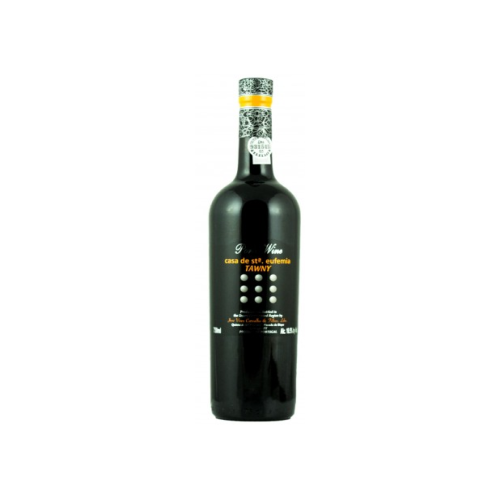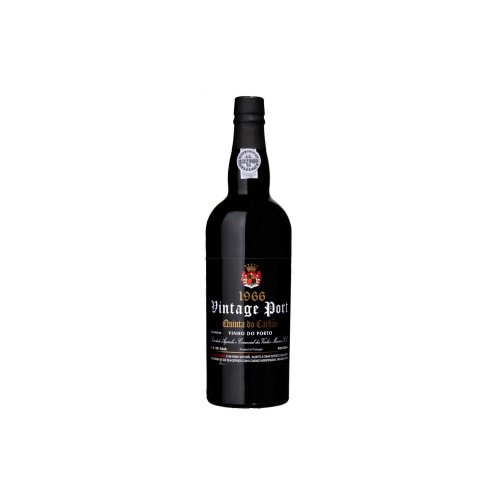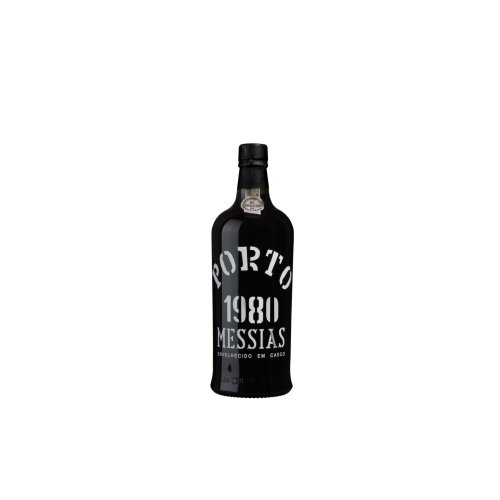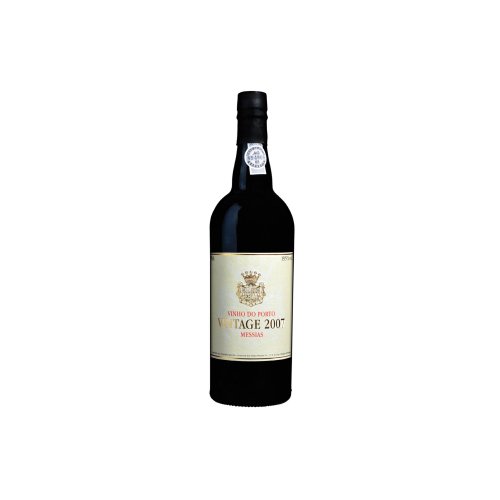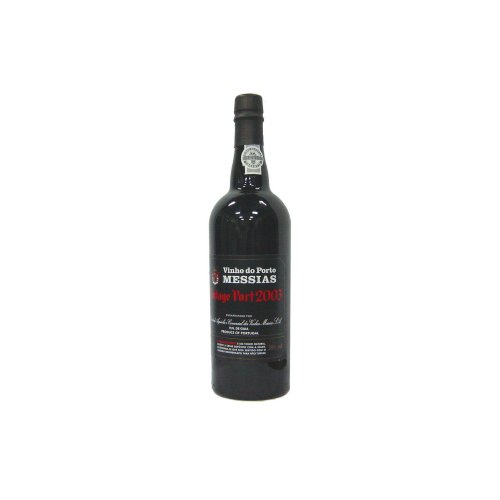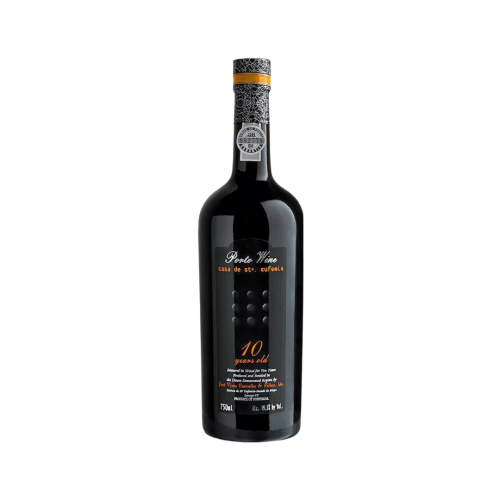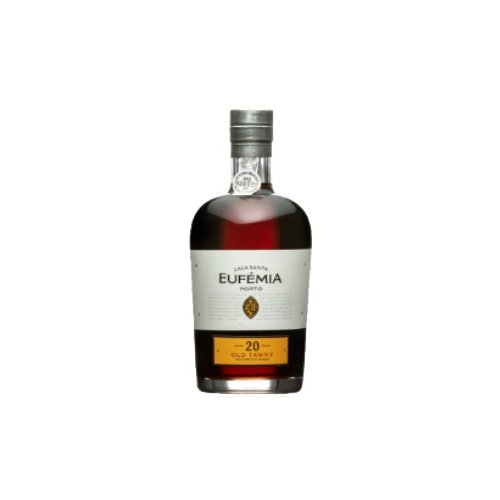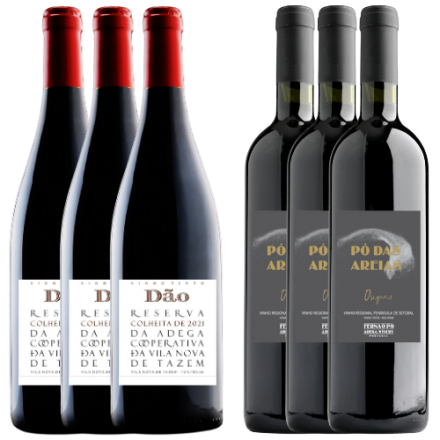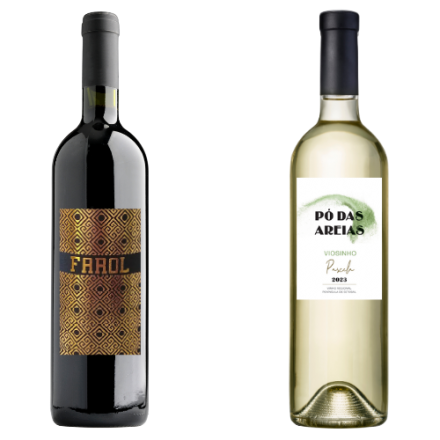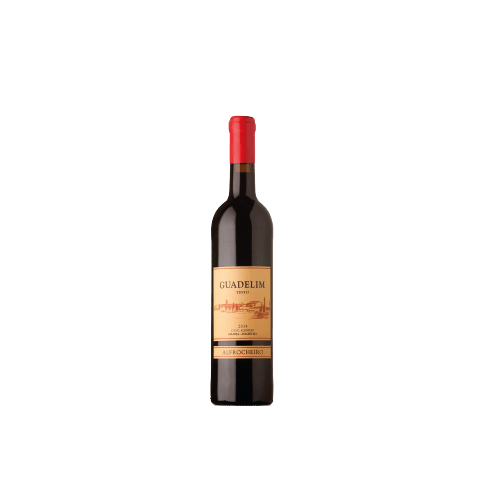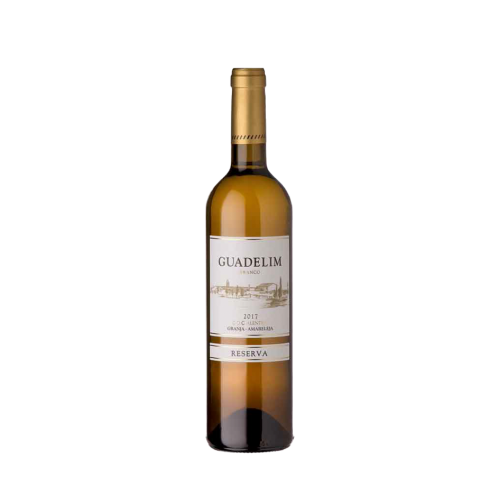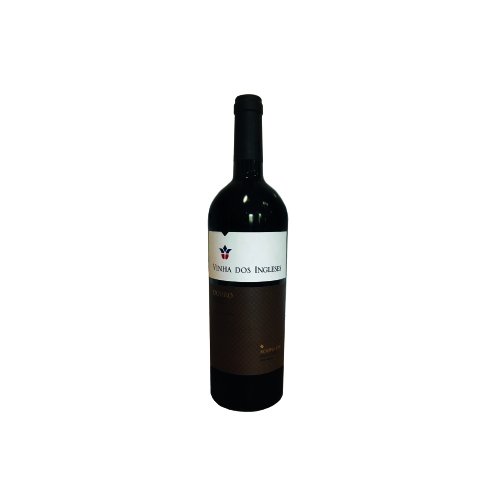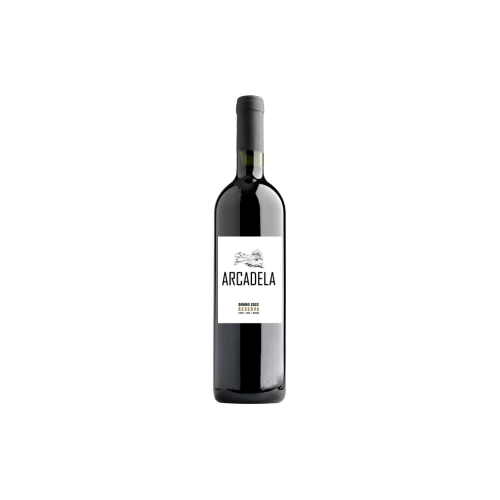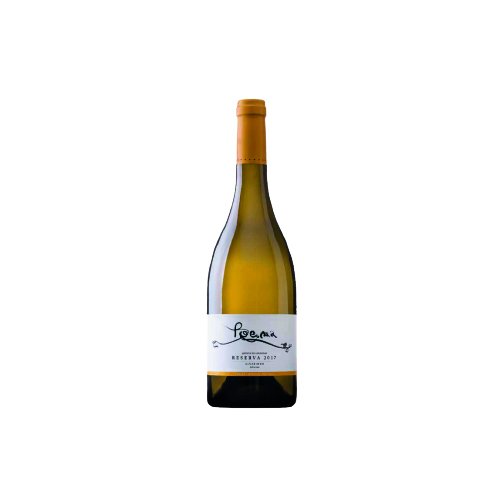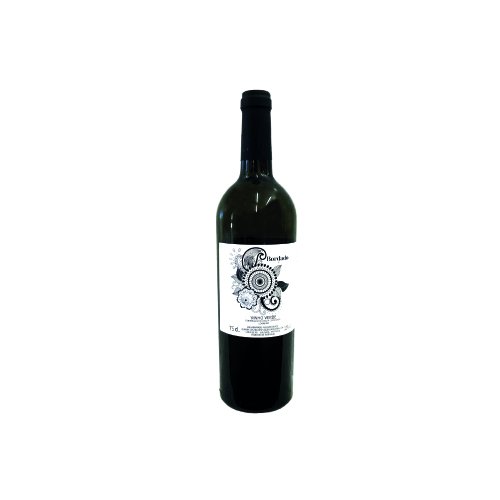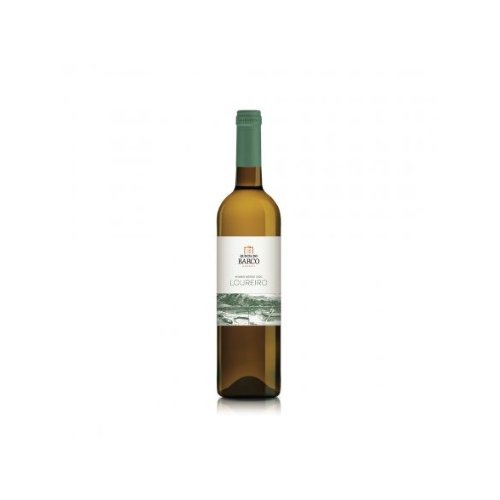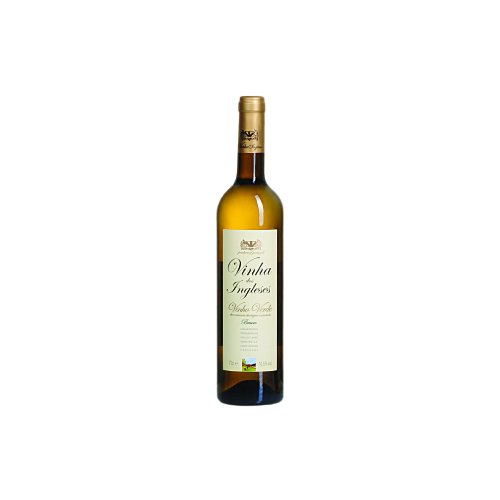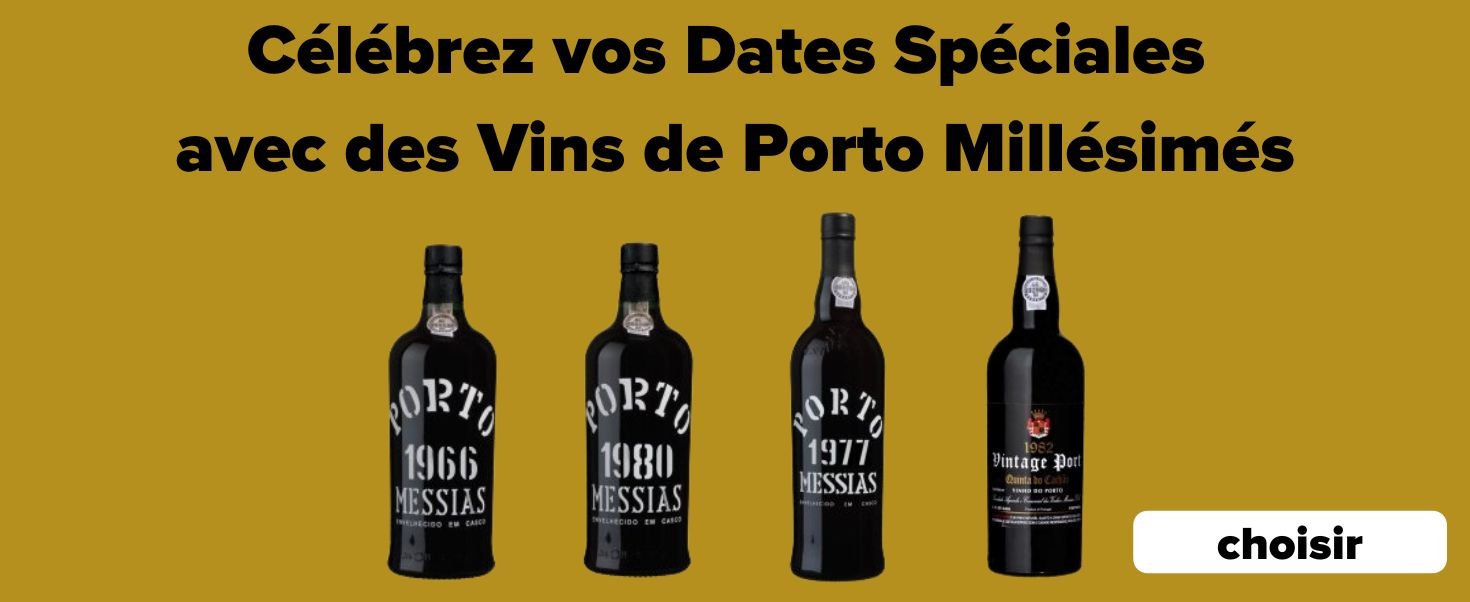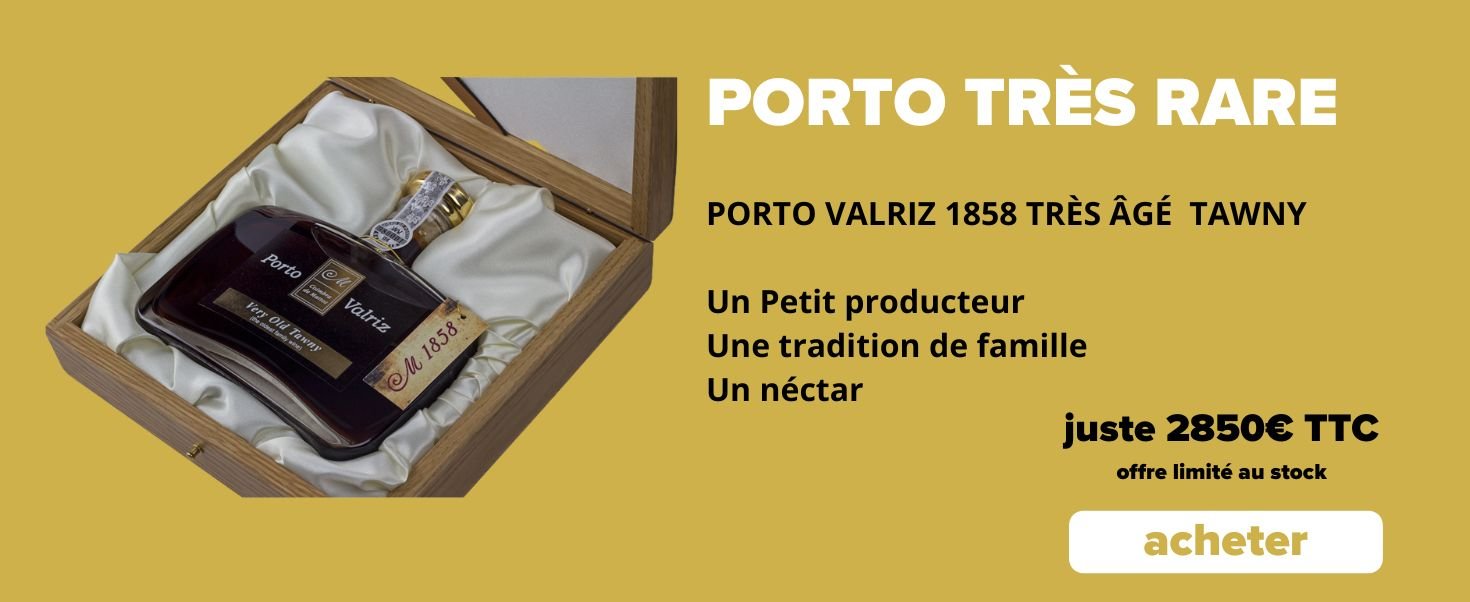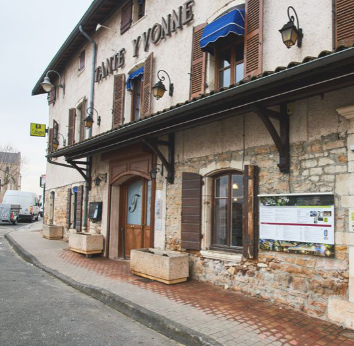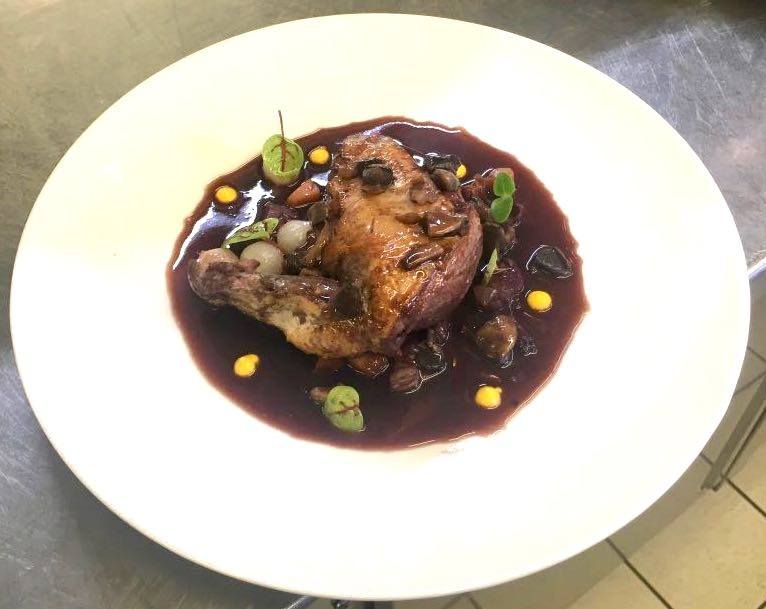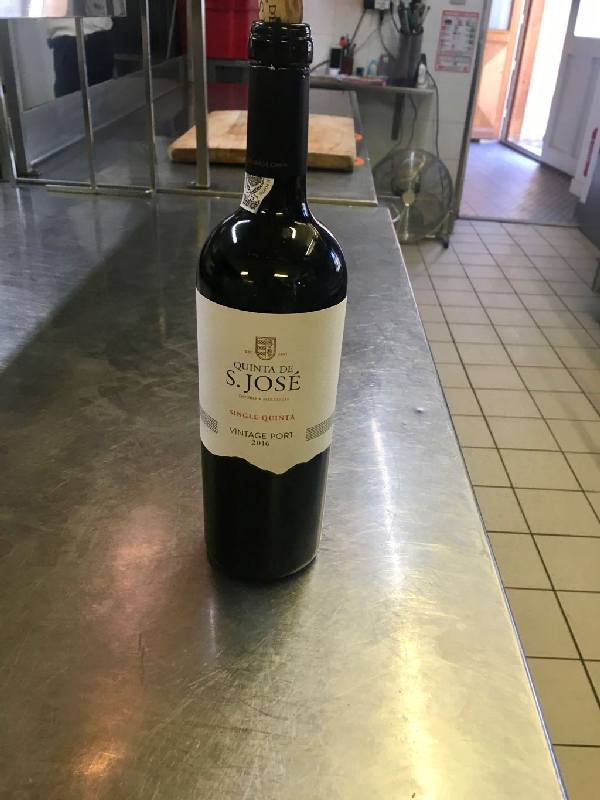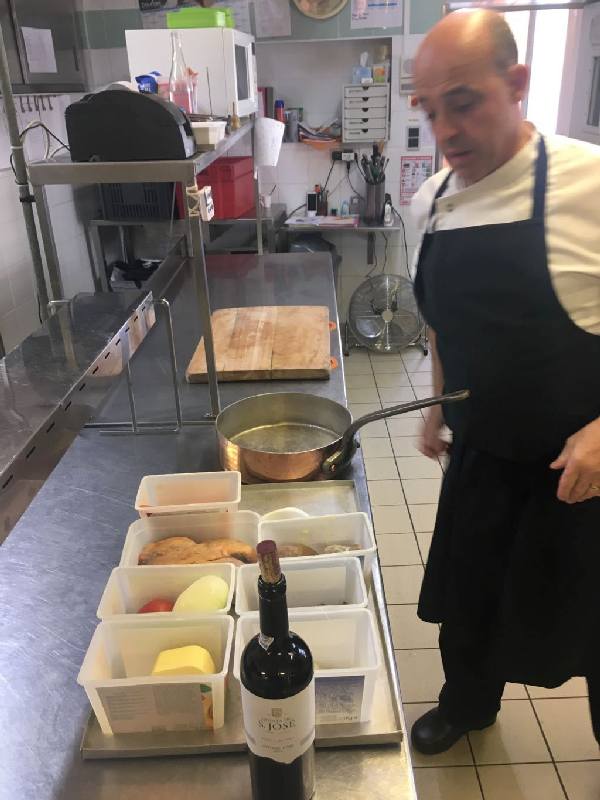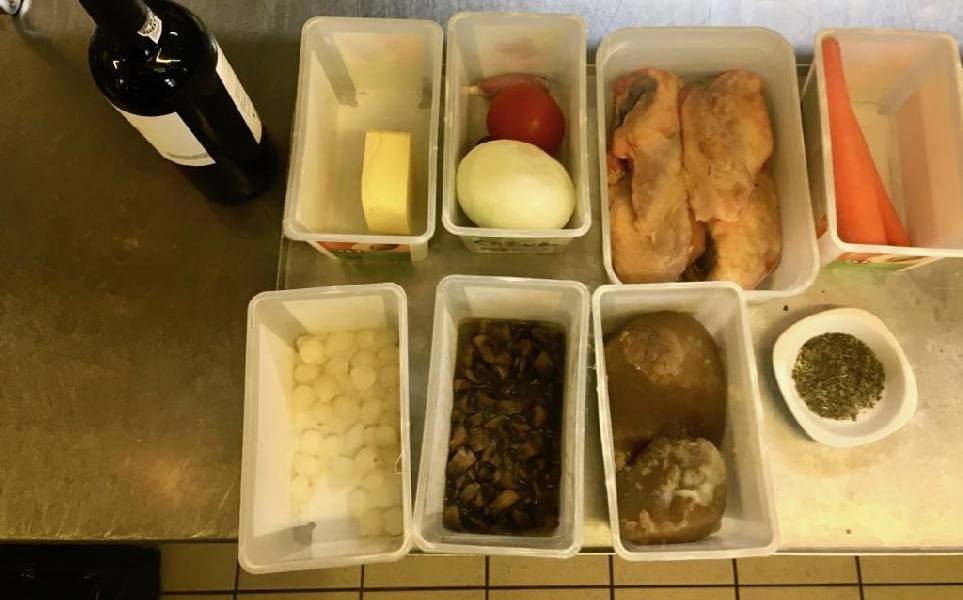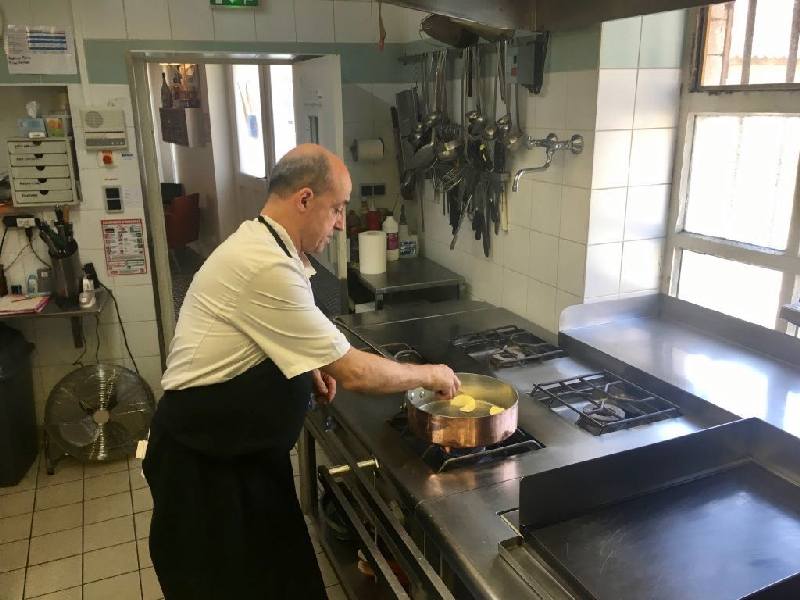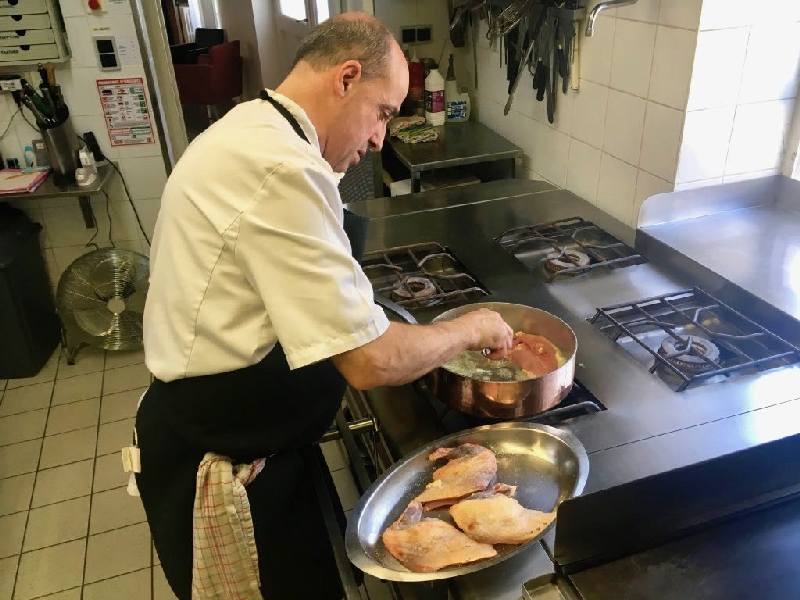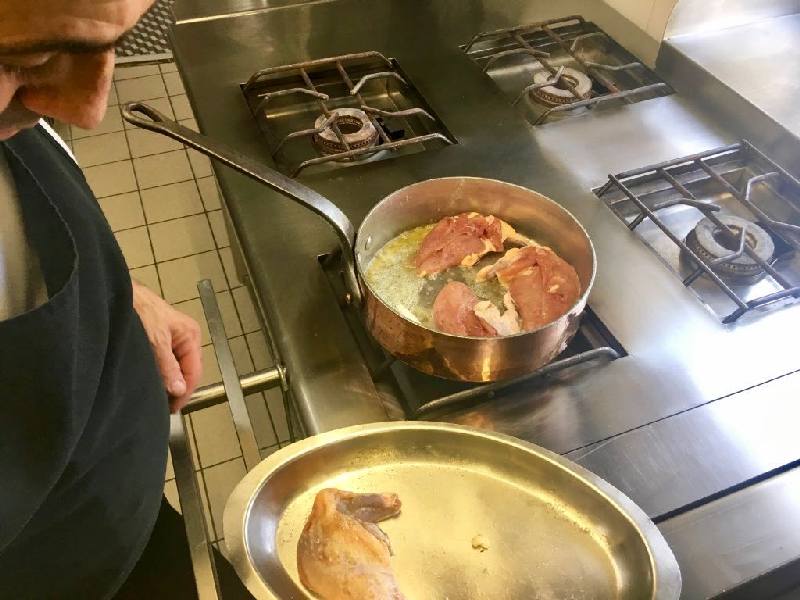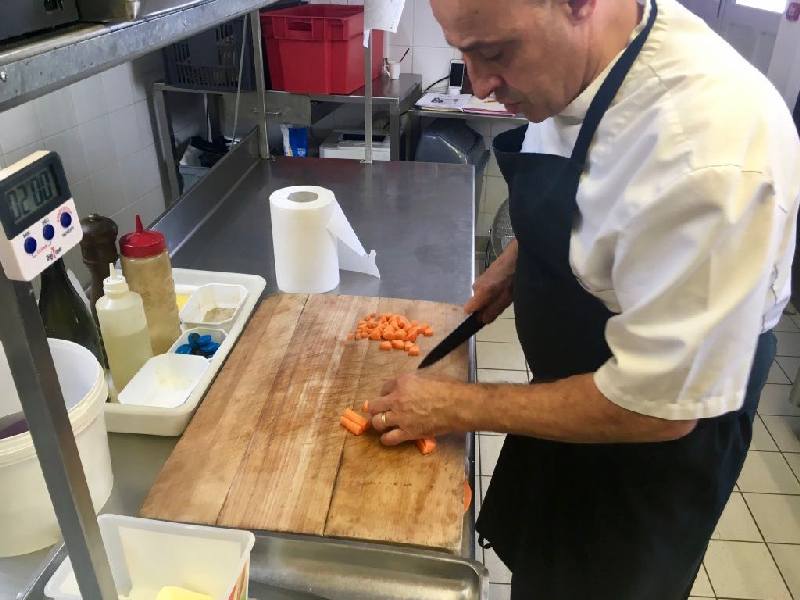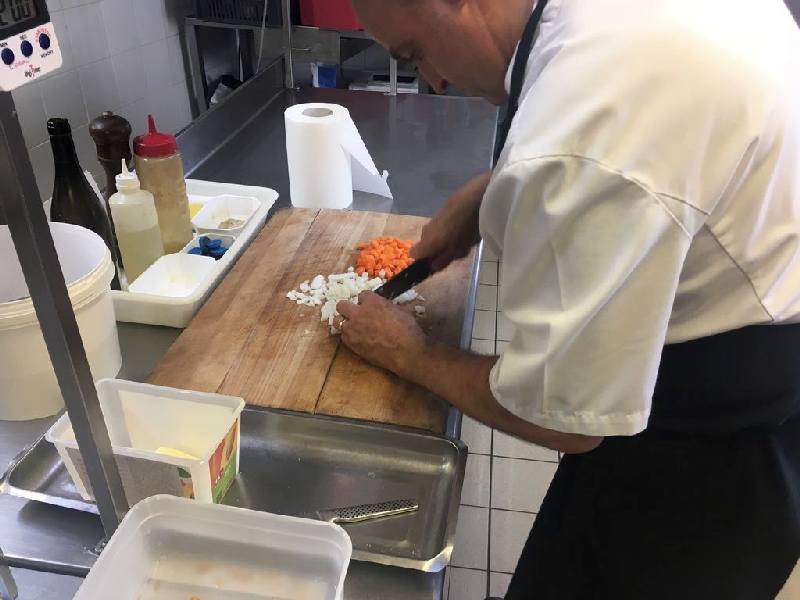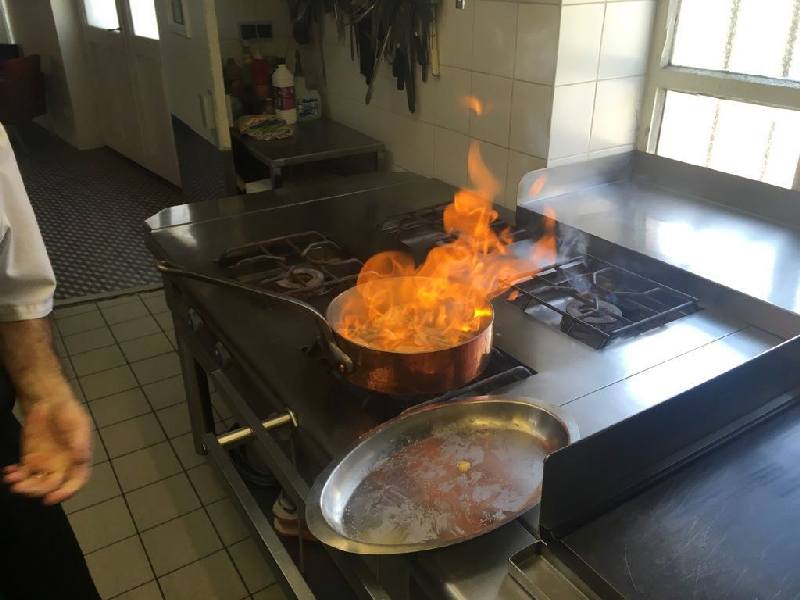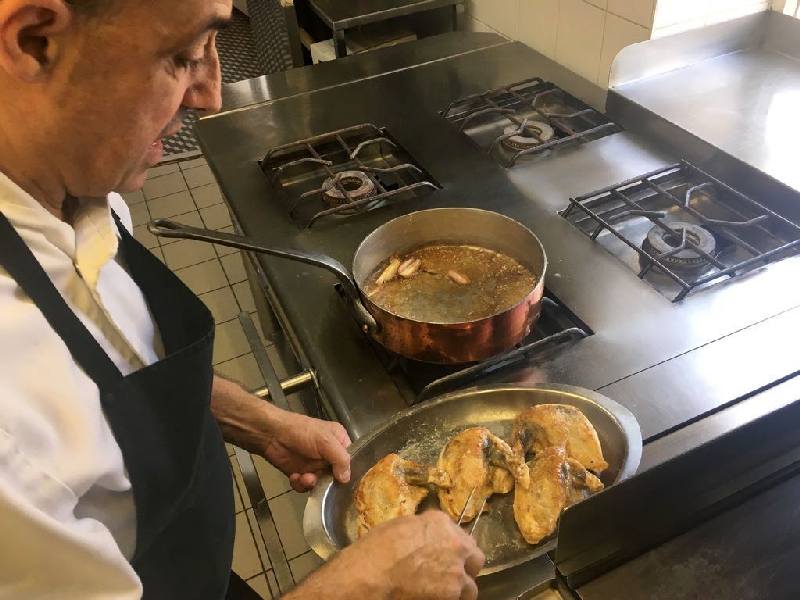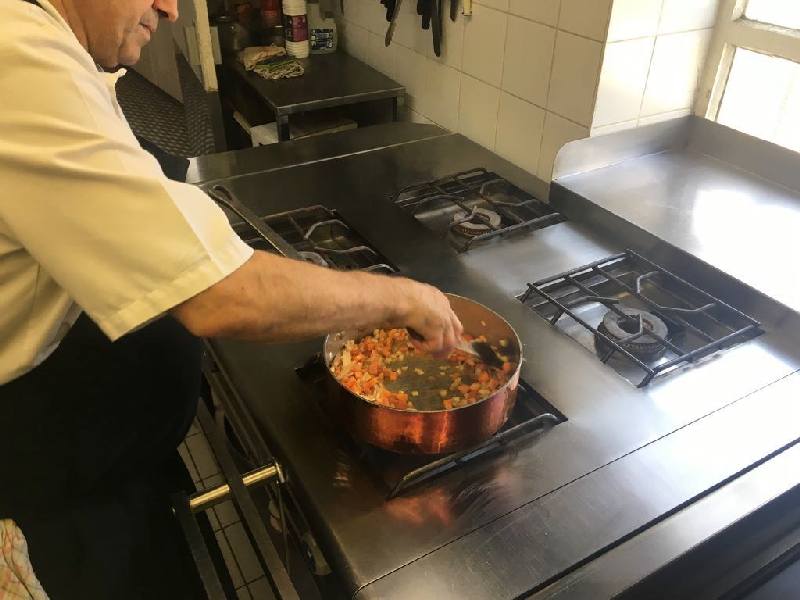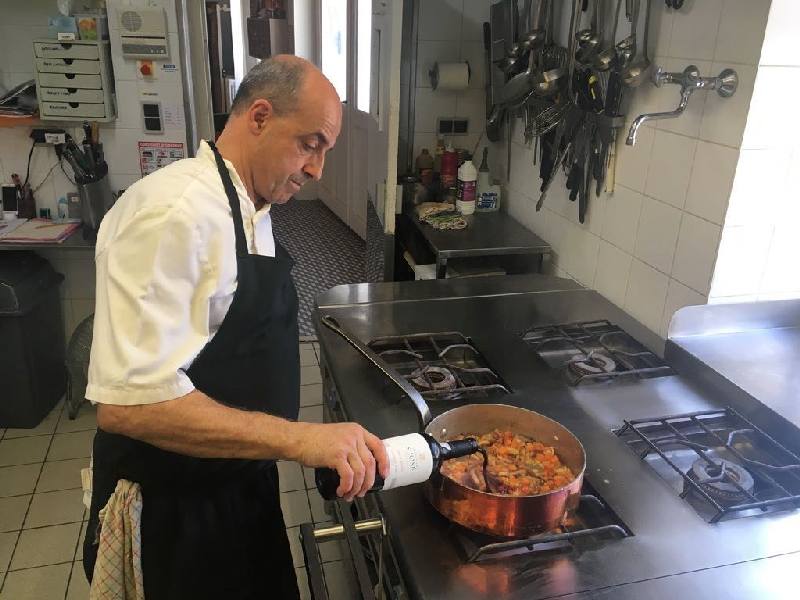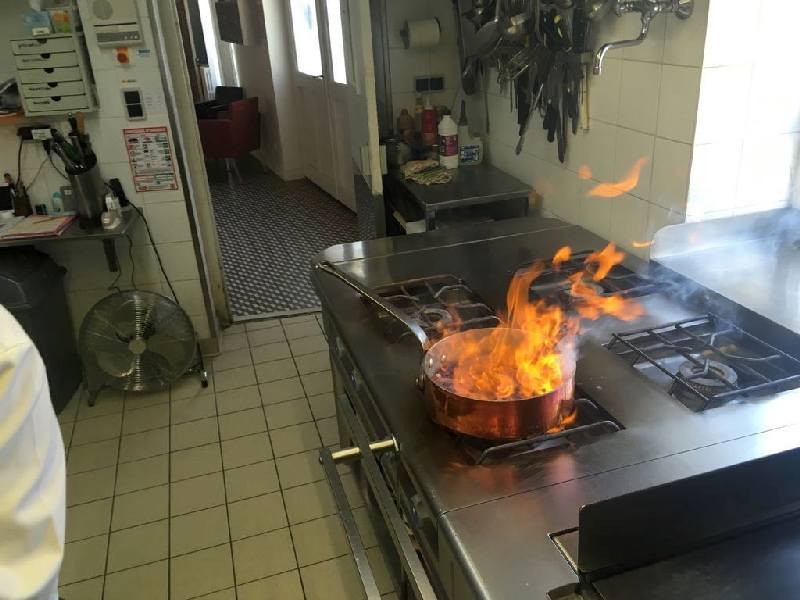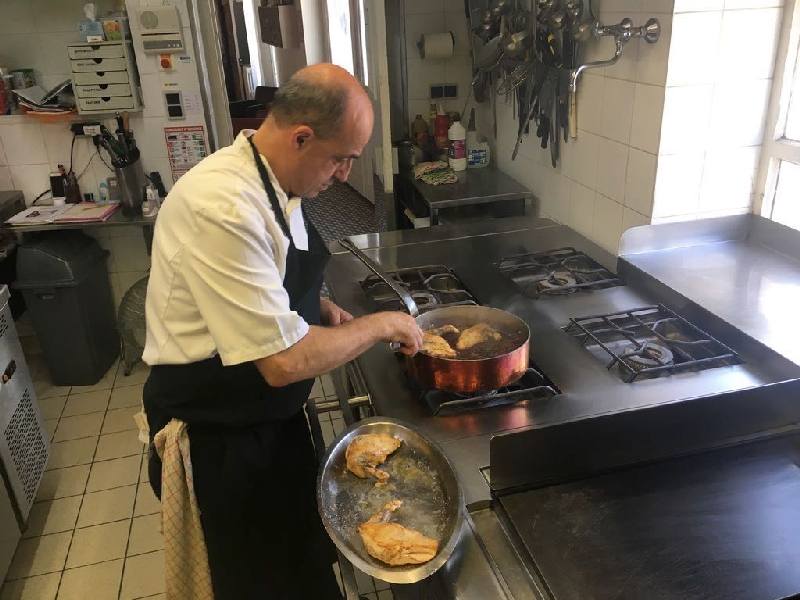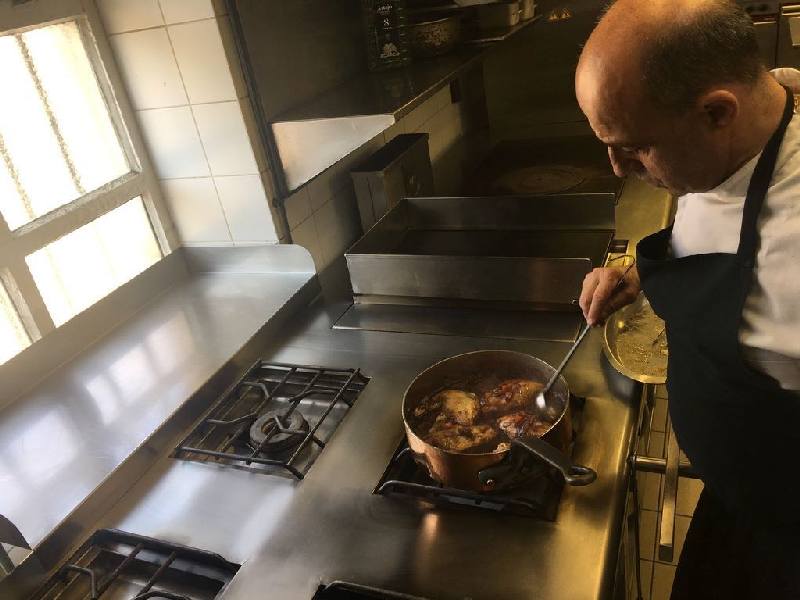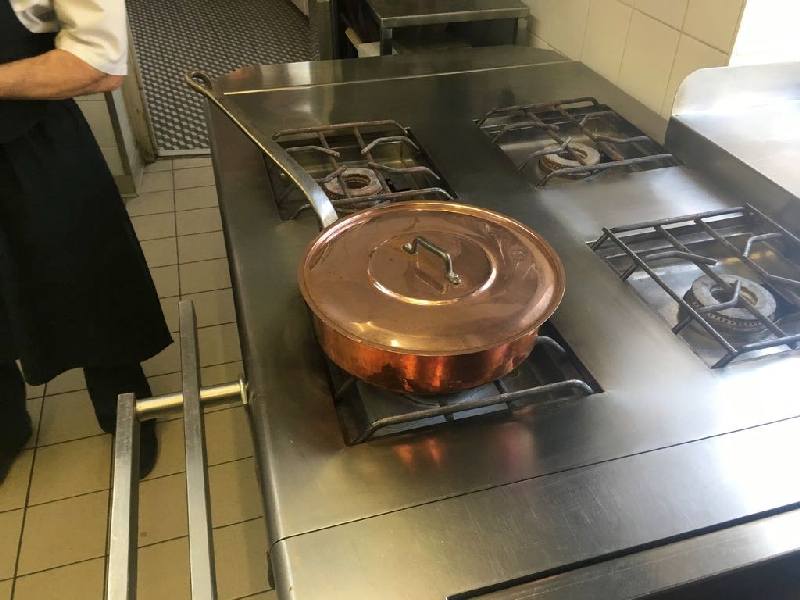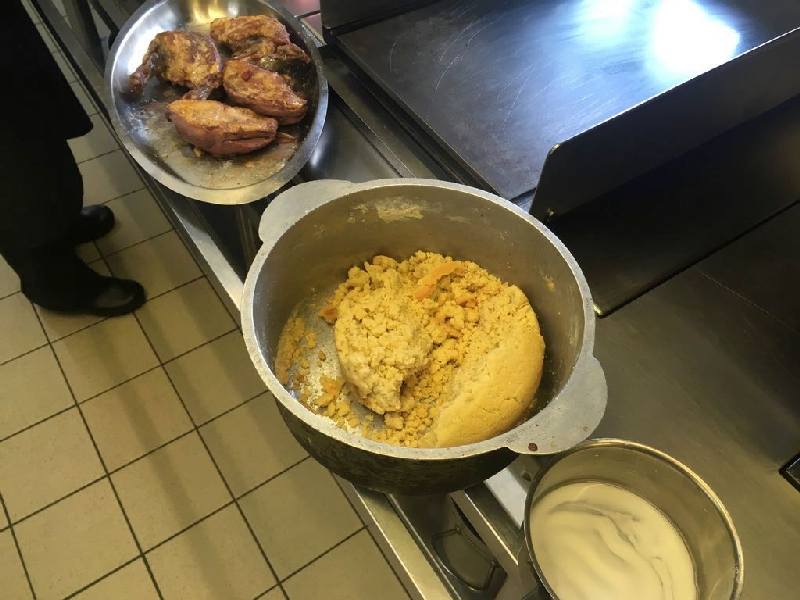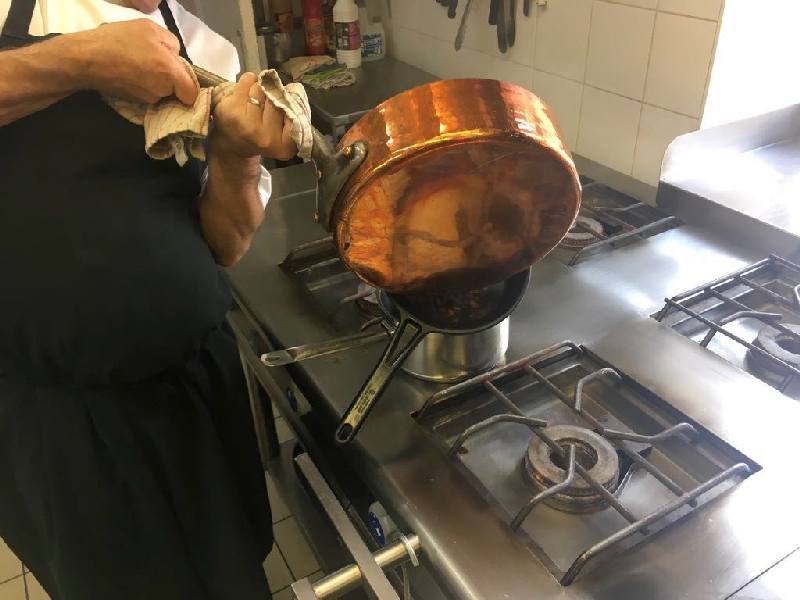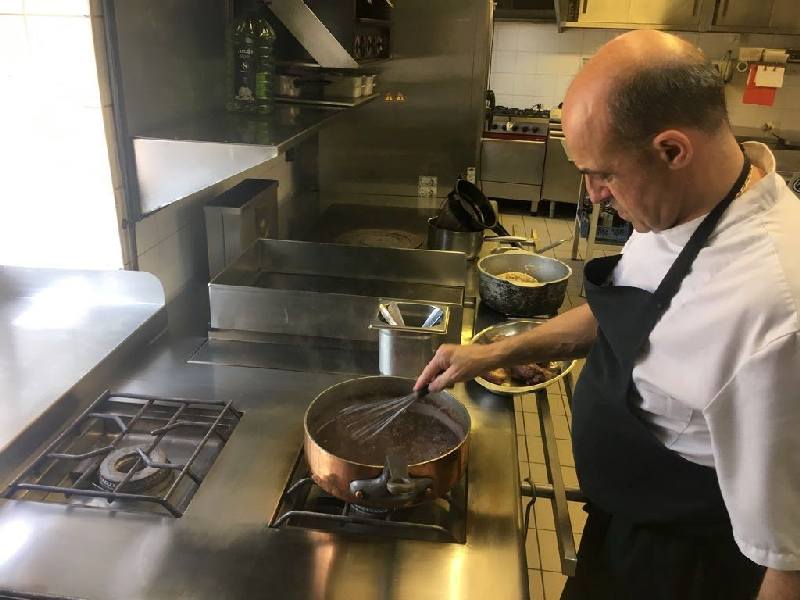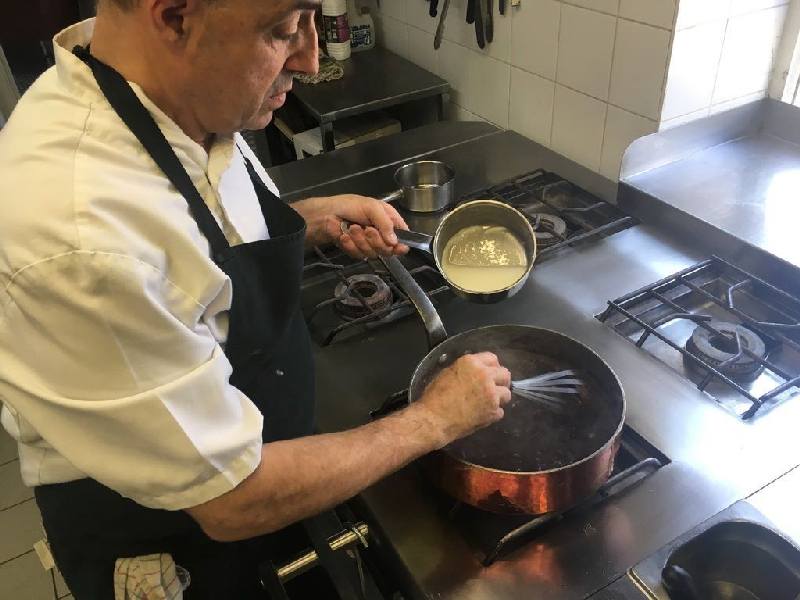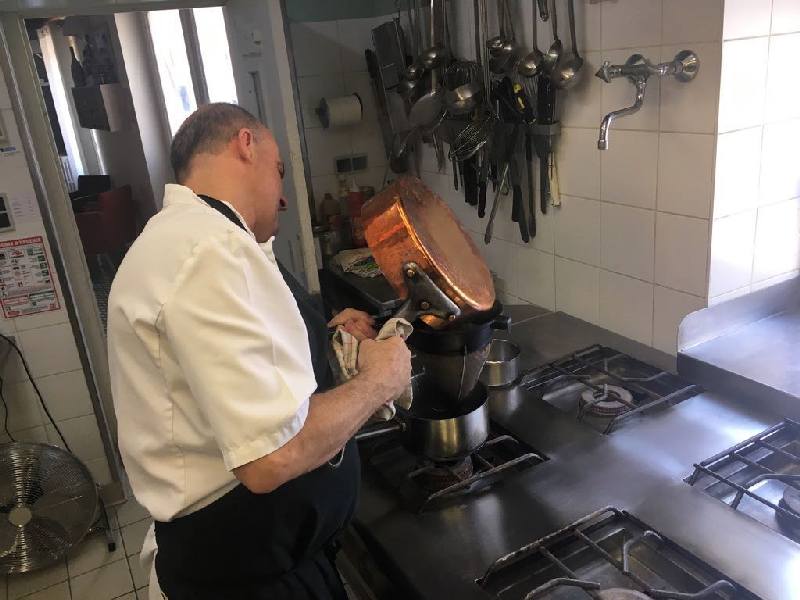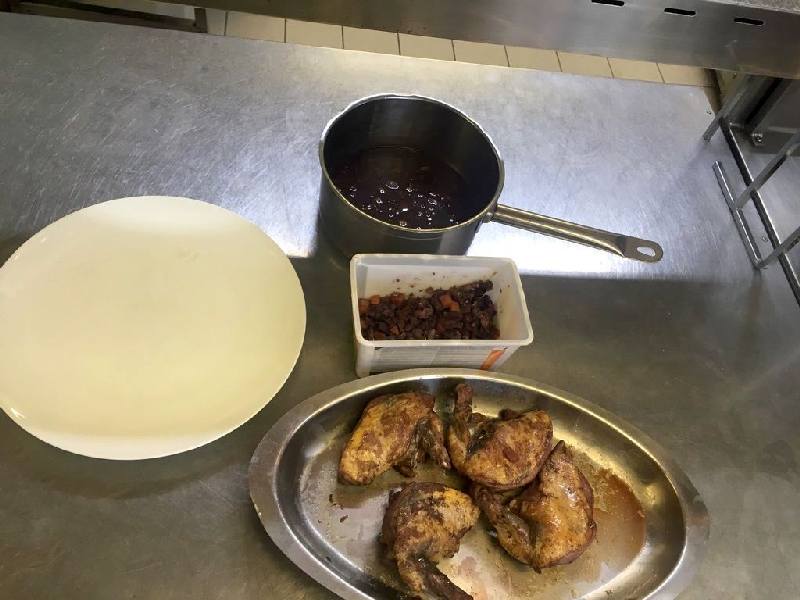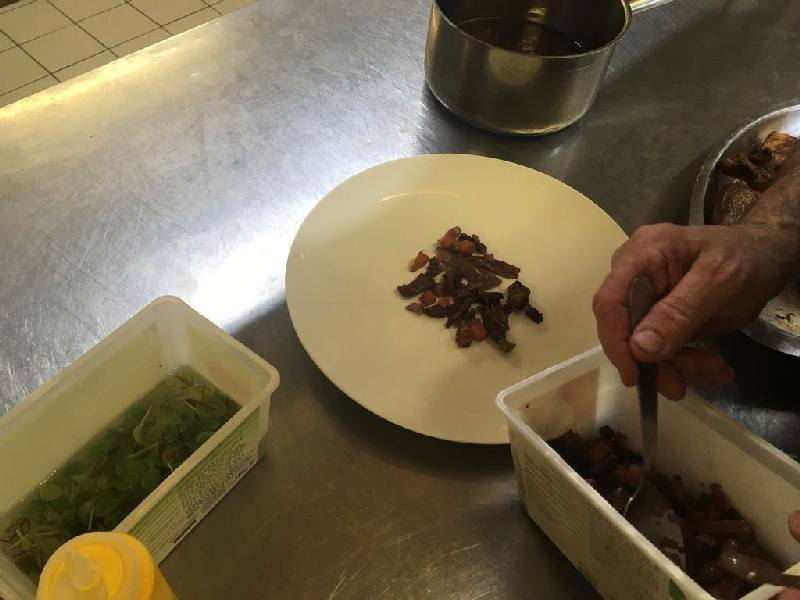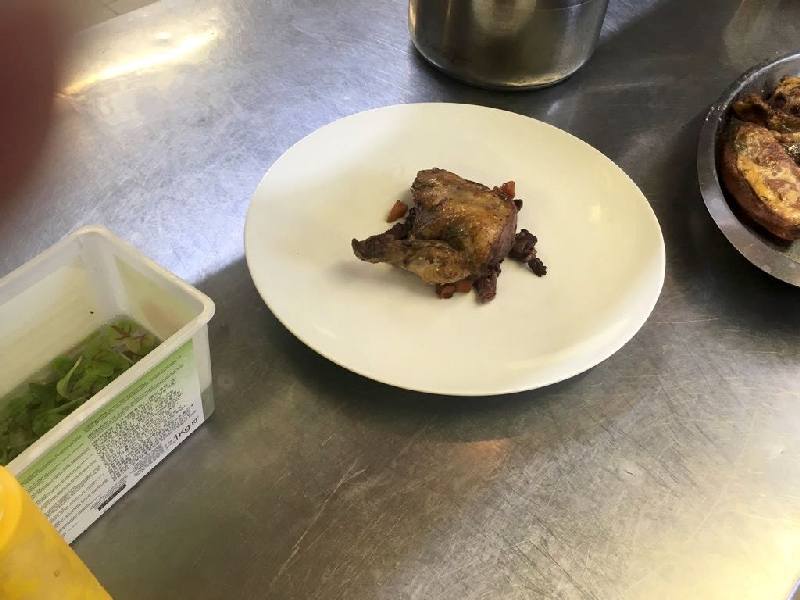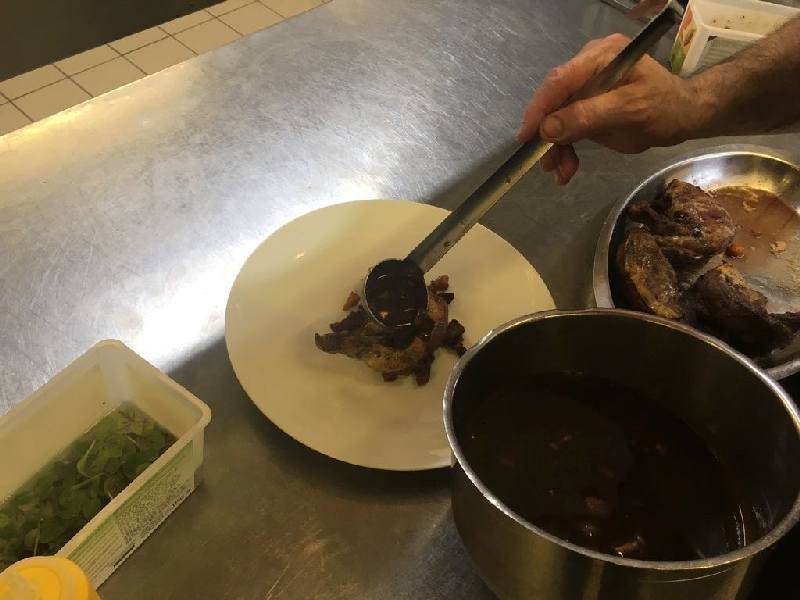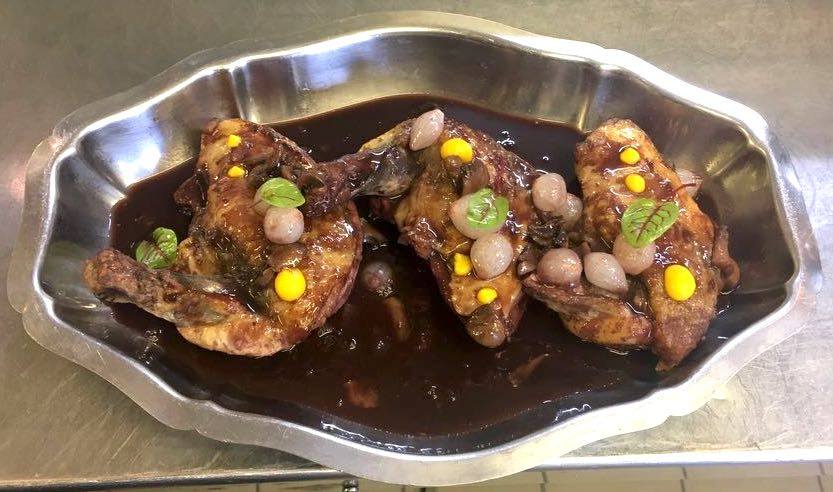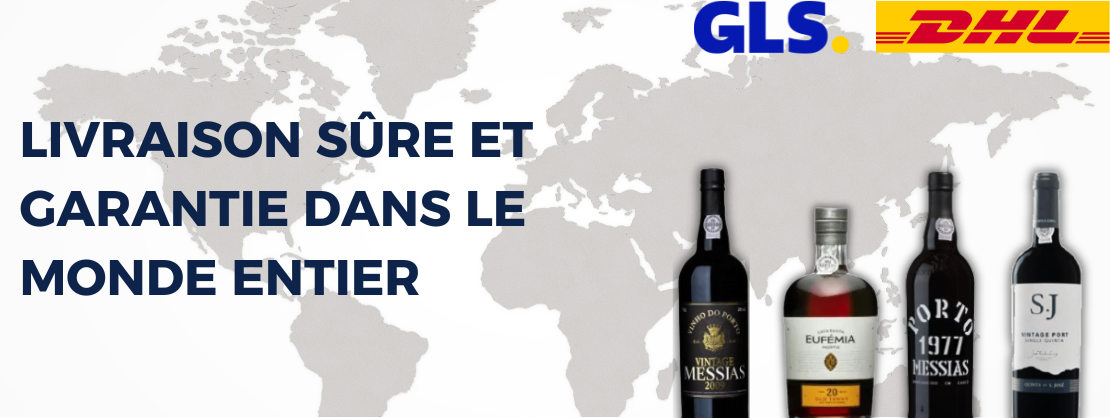
Recommandations du comité
Le comité de sélection ne qualifie que les Vins et les Portos qui lui ont procuré les plus grandes émotions, y compris chez des producteurs méconnus.-
125,00 €
-
PORTO QUINTA DO VALE D’AGODINHO VINTAGE 2013
Un grand Porto expressif, complexe et très frais.
Voir fiche >99,70 € -
513,29 €
-
PORTO QUINTA DOS MATTOS 1970
Excellent Tawny d'un petit producteur. Différent, gourmand et sérieux.
Voir fiche >185,17 € -
PORTO COIMBRA DE MATTOS VINTAGE 2016
Un Porto exceptionnel avec un profil de saveurs riche, une excellente structure et une longue finale.
Voir fiche >42,47 € -
PORTO CASA SANTA EUFÉMIA TAWNY
C'est un excellent choix pour ceux qui apprécient un Tawny polyvalent et sophistiqué.
Voir fiche >12,08 €
Vins de Porto
-
406,09 €
-
PORTO QUINTA DOS MATTOS 1970
Excellent Tawny d'un petit producteur. Différent, gourmand et sérieux.
Voir fiche >185,17 € -
158,92 €
-
PORTO MESSIAS VINTAGE 2007
Un Porto Vintage très élégant et plein de vitalité . À ne pas rater.
Voir fiche >144,32 € -
PORTO MESSIAS VINTAGE 2003
Un Vintage à déguster avec attention, rond, complexe et très séduisant.
Voir fiche >136,13 € -
PORTO QUINTA DO VALE D’AGODINHO VINTAGE 2013
Un grand Porto expressif, complexe et très frais.
Voir fiche >99,70 € -
PORTO CASA SANTA EUFÉMIA TAWNY 10 ANS
Très fruité, ample et souple en bouche, grande fraîcheur
Voir fiche >27,83 € -
PORTO CASA SANTA EUFÉMIA TAWNY 20 ANS
Très fruité, ample et souple en bouche, grande fraîcheur
Voir fiche >46,73 €
Vins Portugais
-
location_onAlentejo
VIN ALFROCHEIRO GUADELIM ROUGE 2014
Un très beau vin, élégant, riche, alliant puissance et finesse.
Voir fiche >27,12 € -
location_onAlentejo
VIN GUADELIM RÉSERVE BLANC 2017
Un grand vin d'une étonnante jeunesse.
Voir fiche >11,81 € -
location_onDouro
VIN VINHA DOS INGLESES RÉSERVE ROUGE 2016
Vin rouge à la robe prune profonde. Ses arômes fruités et robustes en font un Douro intense et corsé.
Voir fiche >17,74 € -
11,81 €
"VINHOS VERDES" PORTUGAIS
-
location_onVinho Verde
VIN ALVARINHO POEMA RÉSERVE BLANC 2020
Un Alvarinho très intéressant rond, riche et plein de surprises
Voir fiche >24,83 € -
location_onVinho Verde
VIN LOUREIRO BORDADO BLANC 2021
Le typique vinho verde , fruité, léger, très frais et légèrement pétillant
Voir fiche >15,59 € -
location_onVinho Verde
VIN LOUREIRO QUINTA DO BARCO BLANC 2022
Délicieusement croquant en bouche
Voir fiche >7,53 € -
location_onVinho Verde
VIN VINHA DOS INGLESES BLANC 2021
Un vinho verde sérieux, à boire au repas.
Voir fiche >6,34 €

émotions inoubliables Découvrez les grands vins du Portugal et les Portos de propriétaires. C’est une opportunité unique.
Votre entière satisfaction est notre priorité absolue.

Ils recommandent Portovintage.com
Le vin de Porto comporte entre 16° et 20° d’alcool mais savez-vous pourquoi ?
La vinification des vins de Porto démarre comme celle des vins traditionnels mais la fermentation s’arrête à mi-chemin quand on ajoute de l’eau de vie.
En savoir plus
